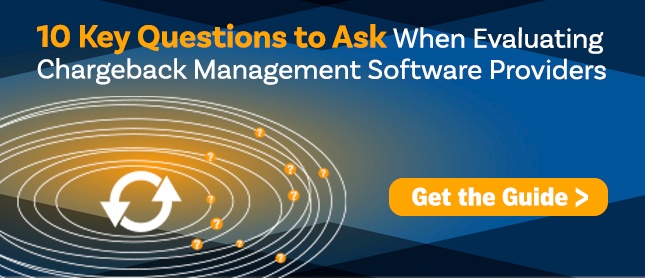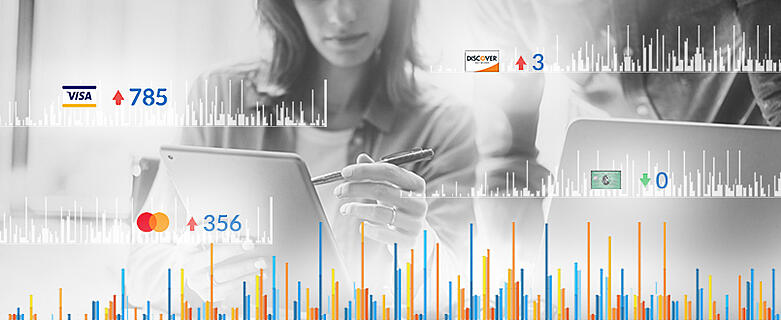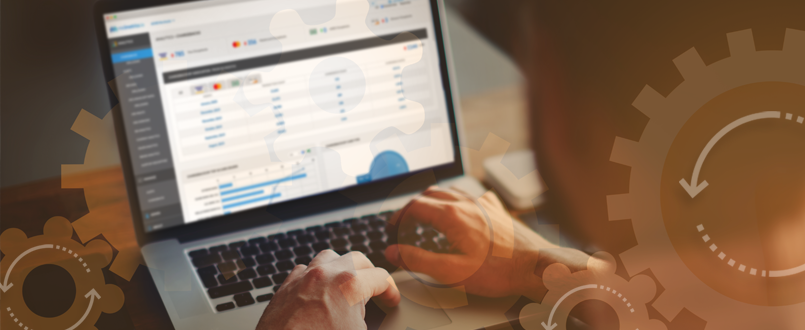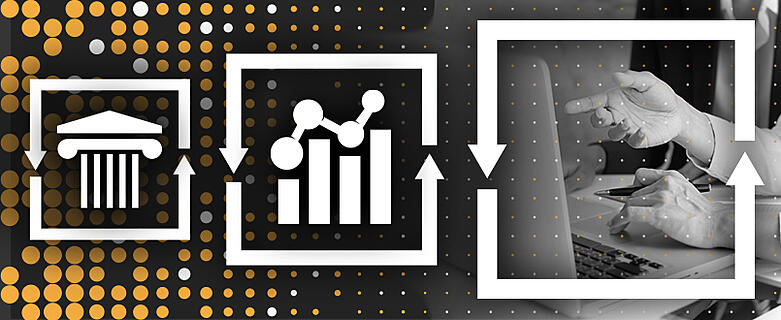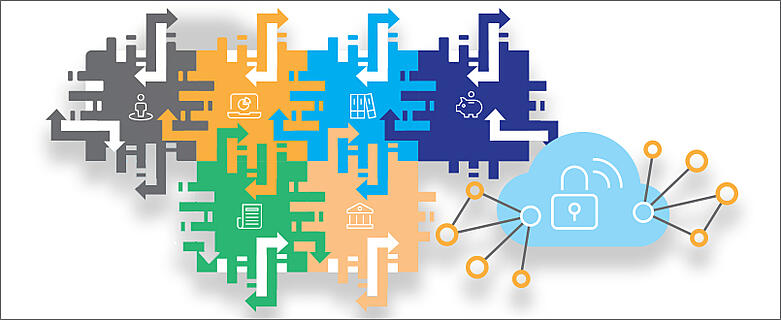News

7 Attributes of a Highly Effective Chargeback System
Merchants can’t afford to ignore the problem of chargebacks. They aren’t like refunds or spoilage that you need to write off as the cost of doing business, the fees, and loss of product will eat away at your revenue. Beyond the financial impact, excessive chargebacks can get you blacklisted by the card networks. With chargeback rates rising year by year for merchants in e-commerce and other card-not-present environments, it’s not enough to deal with them sporadically. The only way to protect yourself effectively is to put a comprehensive chargeback management system in place.
Managing chargebacks isn’t easy. You must respond in time, know which chargebacks are worth fighting, and know the best ways to fight different types of chargebacks. Beyond that, you need to consider the bigger picture of why you’re getting chargebacks in the first place, and that requires you to carefully and thoroughly analyze your chargeback data. For most merchants, this is too much work to take on as a manual process, and few have the time to become chargeback experts on top of everything else their business requires of them.
One-way merchants can handle chargebacks in-house is by using an effective chargeback system that can intelligently automate your chargeback-related processes and data crunching. The right system can be an affordable solution for merchants of all sizes, while still providing the kind of results you would expect from outsourcing chargeback management.
Here are seven key attributes to look for in a highly effective chargeback management system.
Fits Business Needs
Many merchants end up finding out that a one-size-fits-all chargeback solution doesn’t work for them. No two merchants have the same reasons behind their chargeback problems, so they need chargeback solutions that take into account their specific challenges and vulnerabilities.
Generic systems will struggle to deliver the insights needed to develop a specific, actionable strategy for preventing and fighting your chargebacks. Any system can auto-respond to chargeback alerts and format your chargeback data into readable reports. A genuinely useful chargeback system will be able to adapt and grow according to your business’s real challenges.
Simplifies Chargeback Management
Chargebacks generate many tasks for merchants to handle. Alerts and notifications must receive replies on time. Fighting chargebacks means compiling evidence, submitting representments, updating customer records, disputes in progress need to be monitored, and you always need to update and analyze your chargeback reporting.
One of the first things the right chargeback system will do is integrate with your gateway, CRM, payment processor, and other systems to monitor and respond to chargebacks and alerts from a single easy-to-use platform. With API connections set up, your chargeback system can retrieve transaction data, resolve alerts, update your CRM, track ongoing disputes, and simplify every other aspect of chargeback management.
Protects Merchant Accounts
The greatest danger of chargebacks isn’t the revenue they cost you—significant as that is—it’s the fact that they can cause you to lose your merchant accounts (MIDs) and be blocked from opening any new ones. An “excessive” chargeback rate is usually defined as 1+% of your transactions per month. If you’re in that status for too long, you can get placed on the Terminated Merchant File, which prevents you from opening new MIDs for five years.
Showing you what your chargeback rate is, in real-time, is one of the most vital functions of an effective chargeback system. Spikes in chargeback activity, or accounts that are getting close to their maximum chargeback threshold require immediate intervention. It is especially important for merchants who have more than one MID to monitor. The right system will have no trouble providing tracking and reporting for both individual and combined accounts.
Informs Decision-Making
The underlying causes of many chargebacks can be traced back to issues with the merchant’s customer service, marketing, product quality, or other aspects of their operations. To identify and address these problems, merchants need clear insights and data-driven information to help them take the decisive actions necessary to stop chargebacks.
A chargeback system that’s customized around your business can pull data from all your integrated sources, normalize, and format it, and generate reports that are easy to read, share, and understand. Smart systems will also deliver real-time insights to help you trace the causes behind changes to your chargeback activity before they get out of control.
Consolidates Chargeback Activity
Chargeback management involves preventing, fighting, and analyzing chargebacks in real-time to protect your MIDs and minimize revenue loss. Doing all these things takes considerable time and resources—more than many merchants can efficiently allocate.
A great way to save time and simplify chargeback management is to consolidate all these activities within a single platform that integrates with your CRM, gateway, processor, and other systems involved in chargeback management. When you can respond to alerts, prepare representments, and view reporting all from a single interface, it can be much easier to stay on top of all the tasks involved in chargeback management.
Secures Sensitive Data
When we speak of chargeback data, we’re referring to sensitive information about your customers, transactions, products, and communications. That isn’t data you want to hand over to any outsourced provider making big promises about how many chargebacks they can recover. A chargeback system that compromises your data security isn’t a practical solution.
With a third-party provider, you need to vet them by ensuring their API integrations are secure, reviewing their data security policies, and looking up any history of data breaches they might have had. On the other hand, the right in-house chargeback system will keep your data safe on your servers, communicate securely with processors and other entities involved in the chargeback process, and not expose your data to any added risk.
Provides Complete Transparency
A chargeback system can have an excellent interface and tons of cool features, yet, if it’s not doing an excellent job of preventing and fighting chargebacks, it’s not worth your money. The only way to know if a chargeback system is useful is if performance metrics are transparent and readily available.
When you invest in a chargeback system, you’re paying for specific results: reducing your chargebacks to protect your revenue and MIDs. The proof can be seen in your bottom line and your chargeback rate, and the right chargeback system always shows you whether it’s giving you a positive ROI
The Right Company with the Right Chargeback System
There are three things the right chargeback system provider must do for you. First, deliver you the tools you need to manage, fight, and analyze your chargebacks. Second, show you how to use those tools effectively. Third, and most importantly, the system will tell you exactly where your chargeback rate stands and how well your solutions perform.
MidMetrics thoroughly covers all three bases with a full suite of proprietary chargeback tools, including Management Dashboards, In-Depth Analytics Tools, and On-Demand Reports. MidMetrics gives you a single, robust platform where you can manage your chargebacks and oversee your merchant accounts’ protection in real-time.
MidMetrics is designed by chargeback experts to be easy for merchants to set up and integrate with their existing systems, yet powerful enough to protect merchant accounts from all types of chargebacks.
Want to see MidMetrics in action? Book a demo with one of our chargeback specialists today.
Chargeback management software can be an effective way to protect yourself—if you know how to choose the right provider for your business. Check out 10 Key Questions to Ask When Evaluating Chargeback Management Software Providers.
